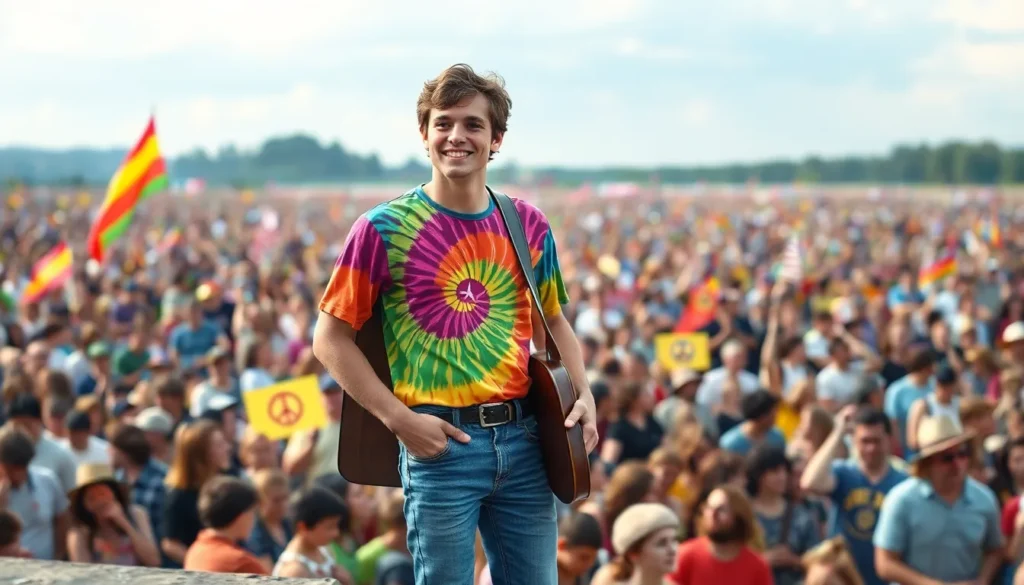Cinderella has danced her way into the hearts of audiences for centuries, but just how many times has this beloved tale been retold? From animated classics to live-action blockbusters, it seems like every studio wants a piece of that glass slipper pie. With each version bringing its own twist, it’s no wonder fans are left scratching their heads, wondering if they’ve missed a ball or two.
Table of Contents
ToggleOverview Of Cinderella Movies
Cinderella remains a beloved tale with a myriad of cinematic adaptations spanning decades. The storytelling has evolved, leading to both animated and live-action films, each offering a unique take on the classic narrative. Disney produced its iconic animated version in 1950, forever changing the way audiences perceive the story.
Following Disney’s success, various studios created alternative adaptations. “Ever After” featuring Drew Barrymore emerged as a notable live-action interpretation in 1998. This film infused realism into the traditional fantasy elements, attracting a new audience demographic.
In more recent years, adaptations like the 2015 live-action Cinderella brought the story to a new generation, showcasing high-quality visuals and modern filmmaking techniques. Other versions include “Cinderella” by Sony Pictures in 2021, which aimed to add a contemporary twist to the fairy tale.
Non-traditional adaptations also express creativity through different genres. Films like “A Cinderella Story” introduced the essence of the fairy tale in modern settings, garnering popularity among younger viewers. These variations often include familiar themes of kindness and resilience while exploring diverse narratives.
Television has also picked up the story, with numerous adaptations and musicals that highlight Cinderella’s timeless appeal. Each version reflects cultural contexts and changing societal values, showcasing the story’s versatility.
Cinderella’s influence stretches beyond mere films. It has inspired stage productions and countless parodies, demonstrating its lasting impact on pop culture. Regardless of the form, the fundamental theme of hope and transformation remains constant across all adaptations.
Classic Cinderella Adaptations




Cinderella has inspired a wide range of adaptations that continue to capture audiences worldwide. Numerous interpretations have emerged over the years, each interpreting the classic story with fresh perspectives.
Disney’s Animated Classic
Disney’s animated version released in 1950 remains a foundational piece in the Cinderella narrative. This beloved film features magical elements, memorable songs, and a charming portrayal of the titular character. It cemented the character of Cinderella as a symbol of hope and resilience in popular culture. The animation set high standards for future adaptations, influencing not only how the story is told but also how audiences connect emotionally with its themes.
Live-Action Remakes
Live-action remakes of Cinderella have attempted to introduce new elements while honoring the original tale. Disney’s 2015 adaptation brought a modern touch, showcasing advanced visual effects and a star-studded cast. Other notable versions, such as Sony’s 2021 reimagining, further explore character backgrounds and motivations. These films often emphasize empowerment and personal growth, appealing to contemporary audiences. By blending traditional elements with innovative storytelling, live-action adaptations keep Cinderella relevant across generations.
International Cinderella Variants
Cinderella’s story spans cultures and continents, resulting in unique adaptations that reflect local traditions and values. Different regions offer diverse interpretations, enriching the global narrative.
European Adaptations
European countries produce various Cinderella adaptations, each reflecting distinct cultural nuances. In France, “Cendrillon” highlights themes of kindness and resilience, portraying Cinderella’s trials with a strong moral compass. Italy presents “La Gatta Cenerentola,” incorporating elements of Neapolitan folklore and featuring a clever twist on the classic tale. The German version, “Aschenputtel,” emphasizes familial betrayal and transformation, culminating in a starkly different tone. Each adaptation introduces unique characters and magical elements that enhance the core story while maintaining Cinderella’s essence.
Asian Interpretations
Asian interpretations of Cinderella offer rich storytelling through cultural lenses. In China, “Yeh-Shen” presents a young girl in tune with nature, aided by a magical fish. This version highlights themes of harmony and retribution, diverging from traditional Western portrayals. Japanese adaptations, such as “The Cinderella Story,” integrate local customs and ethical teachings that resonate with contemporary audiences. Additionally, Indian folklore includes multiple retellings, showcasing regional variations that celebrate themes of perseverance and inner strength. Each variation contributes to Cinderella’s universal message of hope and transformation, reinforcing its appeal across generations and cultures.
Modern Retellings
The Cinderella story inspires various modern adaptations in films and television. These retellings often introduce fresh perspectives while maintaining the familiar core of the fairy tale.
TV Movies and Series
Numerous TV movies and series reinterpret Cinderella for contemporary audiences. Notable examples include the 2015 musical “Rodgers & Hammerstein’s Cinderella,” which captivates viewers with a modern musical twist. Additionally, “Once Upon a Time,” a fantasy drama series, weaves Cinderella’s character into a broader narrative, blending her story with other beloved fairy tales. These adaptations not only showcase cultural relevance but also reflect changing societal values, appealing to diverse demographics. As a result, the enduring allure of Cinderella continues to thrive on television.
Independent Films
Independent filmmakers embrace the Cinderella tale, offering unique reinterpretations outside mainstream cinema. For instance, “Ella Enchanted” infuses fantasy elements into the traditional narrative, developing a strong-willed heroine. Similarly, films like “Cinderella: A Comic Relief Pantomime” present comedic takes that engage younger audiences while retaining essential themes. These independent films often experiment with genre and storytelling, contributing to a rich tapestry of adaptations that highlight Cinderella’s versatility. Through innovation, they reimagine her journey, ensuring the story remains fresh and relevant.










